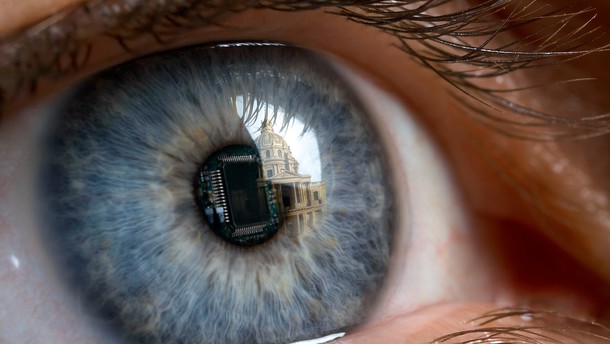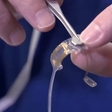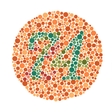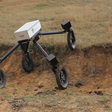
A group of scientists, engineers and researchers at the University of New South Wales (UNSW), Australia, revealed an amazing, breakthrough bionic eye implant that will be able to restore vision (to some extent) to the partially blind. There are almost 200 million blind people in the world today - some are blind since birth, some were blinded as a result of accidents or illnesses.
Research in bionic eye technology is not something new. The team at UNSW has been reportedly researching it since 1997, when co-inventors Professors Nigel Lovell and Gregg Suaning hoped to restore sight to people with age-related macular degeneration and retinitis pigmentosa, which affects (and eventually leaves completely blind) younger population in their 30s.
"We hoped to do for vision what the cochlear implant has done for hearing," stated Suaning.
The Phoenix99 bionic eye is a fully implantable bionic system that is expected to give partially blind patients better vision than any of the current sight restoration technologies. After successful pre-clinic trials, the research is making a step forward to test the implant on a human. A dozen patients will receive the bionic implants in the next two years. It was reported that the surgery will take about two to three hours.
The only way of knowing that a surgery was performed on a patient is said to be a small disc behind the ear, transmitting data and power to the implant. "These signals are then used to configure the implant to deliver electrical impulses to the back of the eye." The restored vision, however, is not supposed to enable patients to see the same images as people with healthy eyes do. They will first be required to learn how to use this new technology and recognize what exactly it is showing to them. Helping them do that will be a pair of glasses with a small camera. "The images define the stimulation of the remaining nerve cells in the damaged retina, send signals to the visual cortex of the brain and translate them into images."
The new bionic eye undoubtedly signals a new era of future efforts in creating technologies that will once be able to fully restore sight – and make blindness a thing of the past. In light of Lovell and Suaning's successful research, Bionic Vision Australia (BVA), a national consortium of researchers working together to develop bionic eye devices, was established. They are currently developing three bionic eye devices: a prototype with 44 electrodes, a Wide-View device with 98 electrodes, and a High-Acuity device with 256 electrodes.



